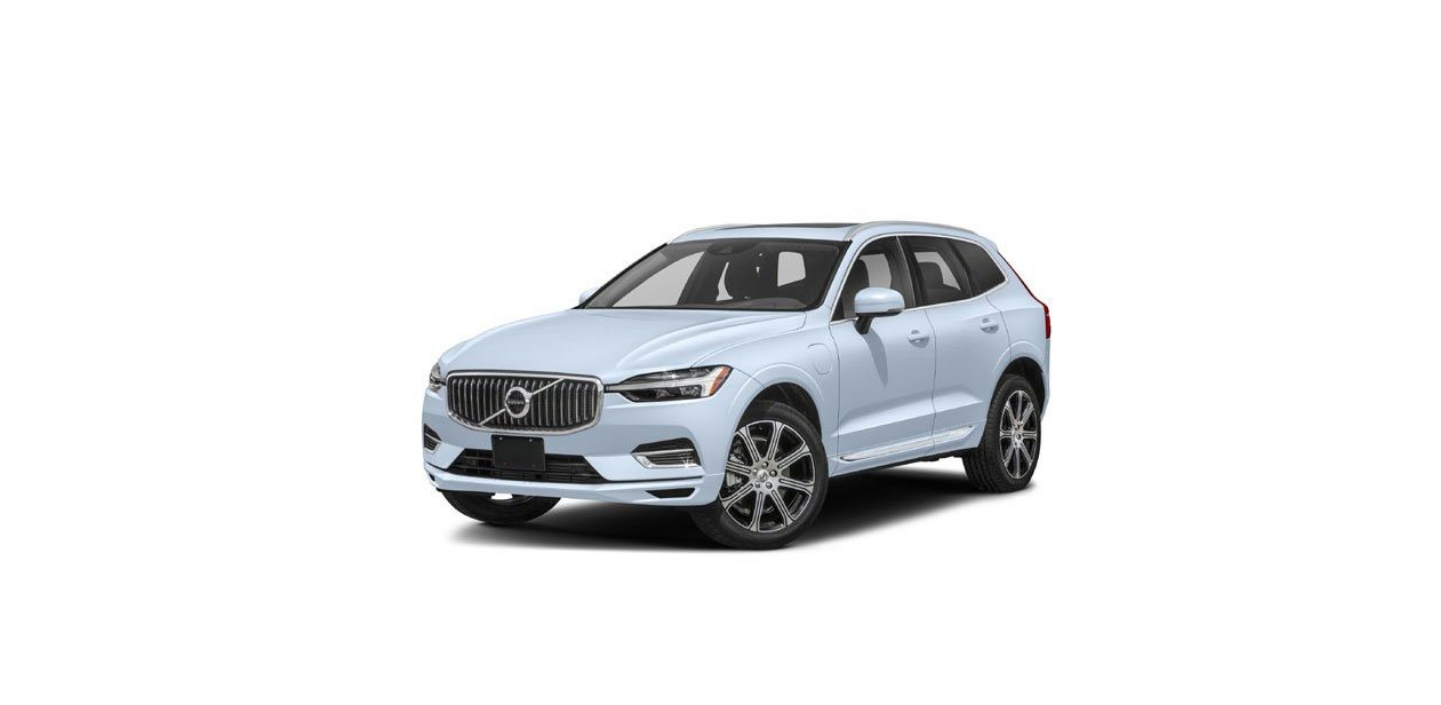- Do not affix any objects, tape or decals in the areas described below.
- Clean camera lenses regularly with lukewarm water and car shampoo – be careful not to scratch the lenses.
- Avoid fitting auxiliary lamps or similar in the grille as this may affect the performance of the front radar unit.
- Use only Volvo genuine emblems in the grille in front of the front radar unit so as not to affect the function of the front radar unit.
Radar unit locations
Location of the parking sensors
Dirt, ice and snow covering the sensors may cause incorrect warning signals, reduced or no function.
Camera location
Location of front camera unit
Maintenance of driver support components must only be performed at a workshop – an authorised Volvo workshop is recommended.
Symbols and messages for camera and radar units
Detector blocked
If the driver display shows this symbol and a message, this means that the camera and radar units cannot detect other vehicles, cyclists, pedestrians and large animals in front of the car, and that the car’s camera-based and radar-based functions may be disrupted. The following table presents examples of possible causes for a message being shown, along with the appropriate action:
| Cause | Action |
|---|---|
| The surface area in front of the radar unit is dirty or covered with ice or snow. | Clean the surface area in front of the radar unit from dirt, ice and snow. |
| The windscreen surface in front of the camera unit is dirty or covered with ice or snow. | Clean dirt, ice and snow from the windscreen surface in front of the camera unit. |
| Thick fog and heavy rain or snow block the radar signals or the camera view. | No action. Sometimes the unit does not work during heavy rain or snowfall. |
| Water or snow from the road surface swirls up and blocks the radar signals or camera view. | No action. Sometimes the unit does not work on a very wet or snow-covered road surface. |
| Strong oncoming light | No action. The camera unit is reset automatically in more favourable light conditions. |
Limitations for camera and radar units
The camera and radar have certain limitations – which in turn also limits those functions that use the units. A driver should be aware about the following examples of limitations.
Common limitations for camera and radar
The camera and radar are aids for intelligent driving that cannot be called upon to achieve intelligent driving, and the necessary safety management must be implemented in order to avoid road safety risks or accidents caused by the driver’s incorrect use of the camera and radar.
Blocked unit
Do not position, stick or install anything in front of or around the camera and radar units – this may disrupt camera and radar-based functions. This may result functions being reduced, being switched off completely or giving incorrect function responses.
Damaged windscreen
The following rules are also applicable when a camera is fitted in the windscreen:
- If a scratch, crack or stone chip appears in front of the unit and covers an area of approx. 0.5 × 3.0 mm (0.02 × 0.12 inches) or more, a workshop (An authorised Volvo workshop is recommended) must be contacted so that the windscreen can be replaced.
- Volvo recommends not repairing cracks, scratches or stone chips in the area in front of the unit – the entire windscreen should be replaced instead.
- Before replacing a windscreen, contact a workshop (An authorised Volvo workshop is recommended) to verify that the correct windscreen has been ordered and will be fitted.
- The same type of windscreen wipers or windscreen wipers approved by Volvo must be fitted when the windscreen is replaced.
- When replacing the windscreen, the camera unit must be recalibrated by a workshop to ensure the functionality of all the camera-based systems in the car.
If not rectified, it can lead to reduced performance for the driver support systems that use the camera and/or radar units. This may result functions being reduced, being switched off completely or giving incorrect function responses.
Further limitations for radar
The radar unit’s ability to detect a vehicle ahead is greatly reduced if the speed of the vehicle ahead is very different to the speed of your own car.
The radar unit has a limited field of vision. In some situations another vehicle is not detected, or the detection is made later than expected.



